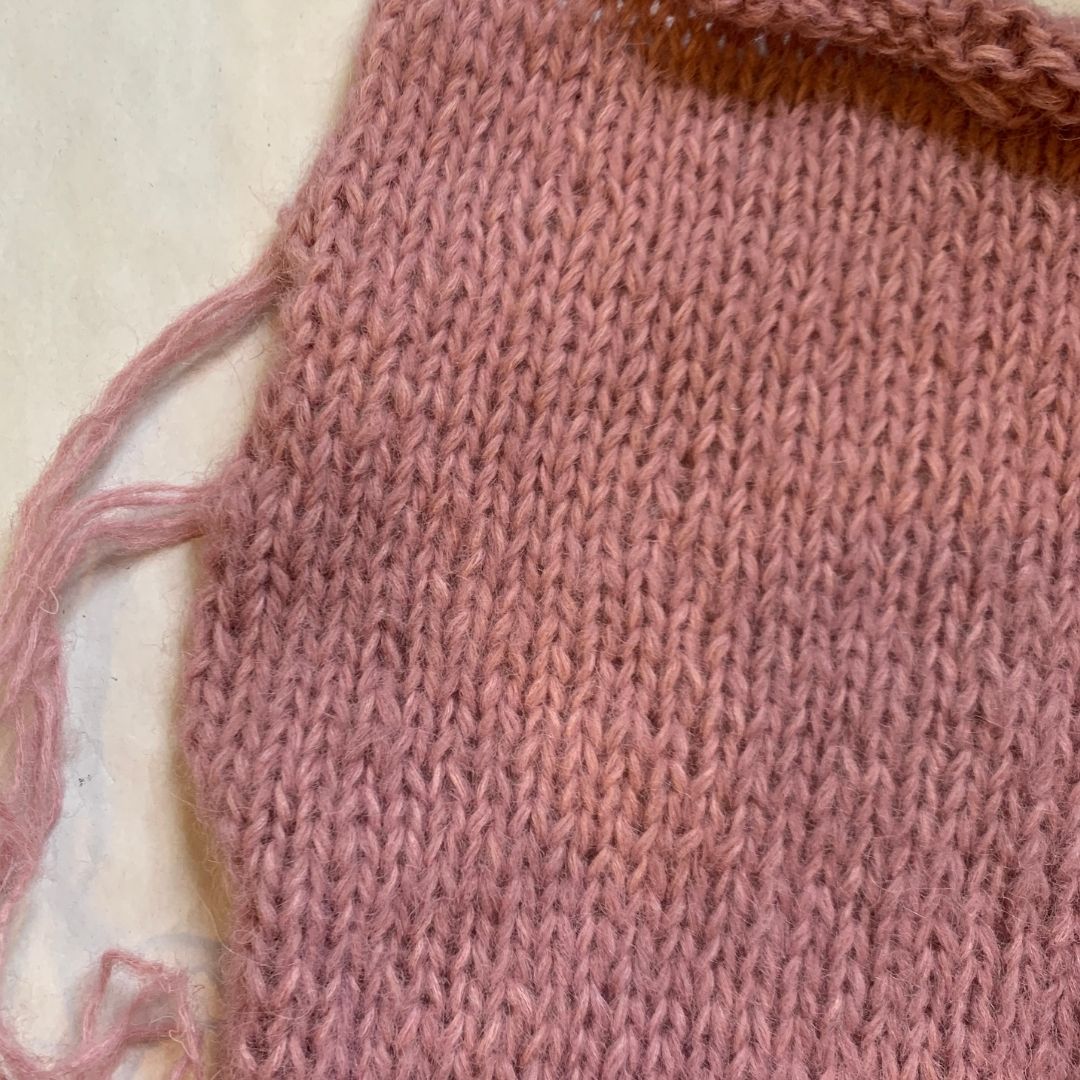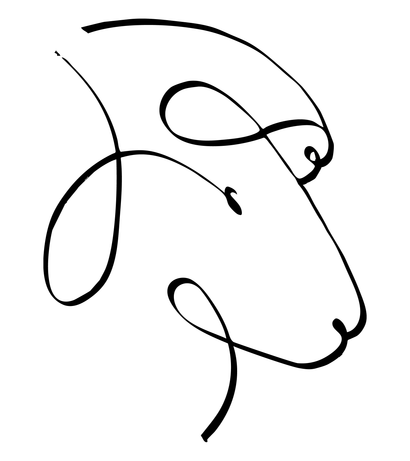Free shipping on all domestic orders over $150
Free shipping on all domestic orders over $150
Shop
Add description, images, menus and links to your mega menu
A column with no settings can be used as a spacer
Link to your collections, sales and even external links
Add up to five columns
Add description, images, menus and links to your mega menu
A column with no settings can be used as a spacer
Link to your collections, sales and even external links
Add up to five columns

Knitting, cooking, and those pesky ends
February 01, 2021 3 min read 2 Comments
Cooking and knitting have a lot in common – and I don’t just mean that they’ve both literally saved my sanity during these tough times. They are both constructive, creative outlets that help me focus and create a calm headspace from which I can better view the world. Both cooking and knitting are things we do for ourselves and also for others, enjoying both the process of creation and the joy of sharing the product of our efforts. There are many other ways cooking is like knitting, perhaps that’s why so many knitters are also really excellent cooks, and people who hate to cook often eschew the fiber arts as well
But there is one really important difference between cooking and knitting that bears mentioning. I will get to that, but first, let share with you a conversation we had during our knitalong session Saturday. I promise I will tie it all up.
We’re doing a seamed sweater, and I advised the group to start a new skein at the beginning of a row. Always. They understood, and we shared a grumble about knots in our yarn, and so forth, and the benefit of pulling at least a row’s worth of yarn out so you will know if there’s a knot coming up. So much better than being surprised three quarters of the way though. Anyway, they had all joined new yarn at the beginning of the row, and one lovely knitter had already woven her ends into the fabric. She wasn’t particularly happy with the way it looked and asked if there was a better way to weave in the ends.
First let me say, that I understand and appreciate what she had done. She was trying to keep her work tidy and get a little ahead of the game on those pesky loose ends. It’s a good thought, and a logical one, especially since this is her first sweater. But this is where cooking diverge.
Every good cook knows that a tidy workspace is essential, and you should clean up as you go. With sweaters, it is the opposite. I wouldn’t say you want to leave a mess until the end, but you definitely don’t want to weave your ends in until the very last. Here’s why
Seams are a perfect place to hide those ends. You won’t see them, I swear, and they won’t come undone. You can hardly even find them when you want to. Ask me how I know this.
That’s my message for today: Always weave your ends into a seam.
I can already hear you saying, “But what if you don’t have a seam, Ellen, where do you join your yarn then?” Well, I’m glad you asked! If there is no seam in your garment, for instance, with a seamless sweater join your yarn where there would have been a seam. For instance
- Join at the neckline where you’ll be picking up stitches later. Those picked up stitches form a seam of sorts and make a perfect hiding place for your ends
- On the sleeves, join at or near the beginning-of-the-round marker, which is typically down the bottom of the sleeve and represents where a seam would be.
- On the body, join at either side. Again, this is where a side seam would be and is typically where the beginning of the round is on seamless sweaters, or half way around for the other side.
If you’re making a scarf or shawl, where there is no seam or place were a seam would be, join new yarn in a spot where the fabric is thick. For example, if you’re doing a cabled scarf, join the yarn in the middle of a cable column, on the back side. You can weave the tail up into the cable completely invisibly.
Similarly, for lace – the trickiest of all fabrics for hiding your ends, try to join yarn on the purl side near where you worked two stitches together. The ends will tuck into that slightly thicker area better than they will into a yarn over area, or in the stockinette or garter section.
However and wherever you need to join a new skein, always make sure to leave yourself a nice long tail – at least 8 inches. You don’t have to weave the entire length in – just an inch or two. But a too-short tail can easily slip out and through, leaving you with a big hole in your work. At that point, where to hide your tail is the least of your worries!
Did I miss anything? Do you have tips that have helped you hide your ends? Let me know in the comments--and if you liked this, feel free to share on social media.
Warmly,
Ellen
2 Responses
Susan Dyer
February 02, 2021
Thank you Ellen! This is so timely as I work on my Twinkle Scarf in beautiful Alpaca Silver. I have my tails on the edge (you reminded me of this a few weeks ago) and will work them at the END of my project. Not that it matters when I have no seams, but a good practice. Thanks for so many useful tips!!


Denise M Inman
February 02, 2021
I wish I had been a part of the class Saturday. I teach sewing 2-4 most Saturdays and had to miss.
As I came to a very thin section in my yarn, I broke it, sort of felted the ends together and continued on my way. I told myself the entire time, “You really should pull back to the edge,” and I argued back, “but I’m 3/4 of the way thru this row…It’ll be fine”. I’ll pull out a rows worth like you sugest.